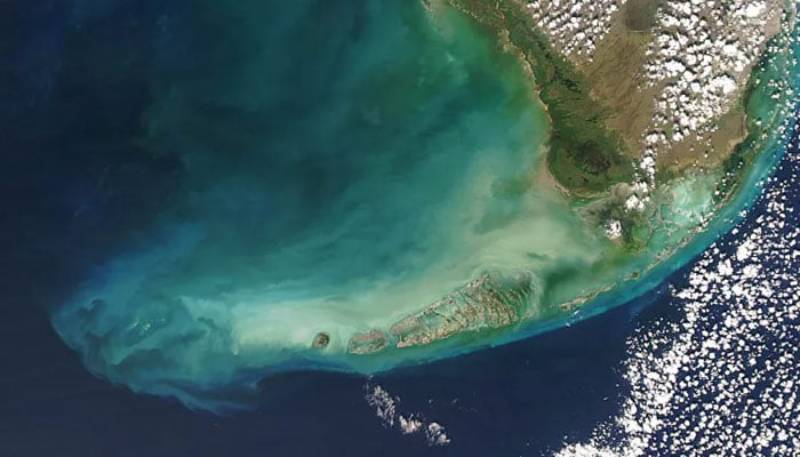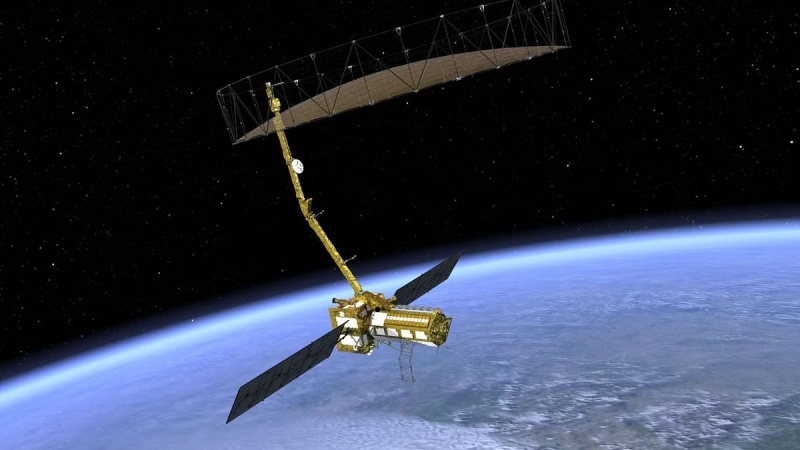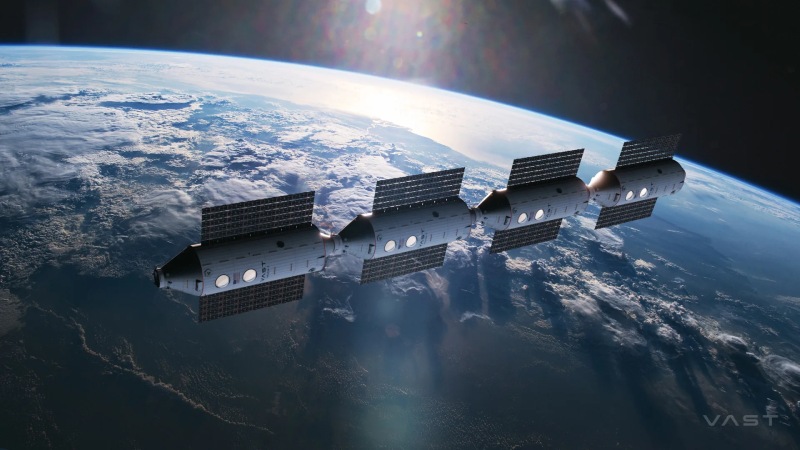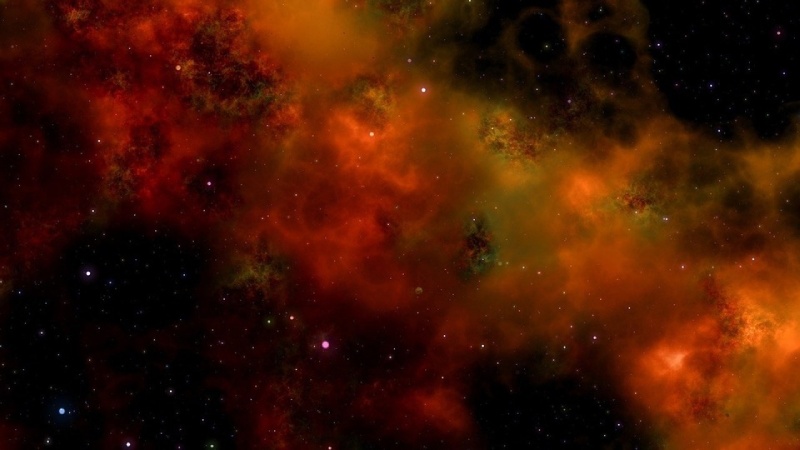Over the past 20 years, the color of the world’s oceans has significantly changed, a trend that is attributed to human-induced climate change. Surprisingly, this change has impacted 56% of the world’s oceans, particularly in the tropical equatorial regions. The change in ocean colors may be a more accurate way to identify these variances because it may indicate changes in marine ecosystems.
Although the precise methods in which marine ecosystems are changing is still unknown, the modification in ocean colors suggests that human-induced climate change is the most likely reason. Over the years, researchers from numerous scientific institutions have run models to aid in the prediction of these patterns in ocean color. In essence, the fulfillment of these anticipated changes in reality is a startling discovery. The changes taking place are consistent with the modifications brought on by adjustments in our climate.
These findings offer more proof of the effects of human activity on Earth’s life over a very large area. In other words, it’s yet another instance of how people are influencing the biosphere. The study emphasizes the importance of monitoring ocean color because it may offer a quicker, more precise means to spot changes brought on by climate change in marine ecosystems.
Usually, the elements and creatures present in the ocean’s waters are directly reflected in the color of the sea water. Greener seas typically indicate the presence of ecosystems, particularly phytoplankton, while deeper blue waters typically imply a lesser level of life. Chlorophyll, a green pigment found in abundance in phytoplankton, a type of marine microorganism that resembles a plant, aids phytoplankton in absorbing sunlight and converting atmospheric carbon dioxide into carbohydrates.
The foundation of the marine food web is phytoplankton, which also supports fish, seabirds, marine mammals, krill, and other increasingly sophisticated species. They are essential for the ocean’s capacity to absorb and hold carbon dioxide. Monitoring phytoplankton and how they react to climate change is therefore still crucial.
Monitoring changes in chlorophyll to determine how phytoplankton react to climate change may not be the best strategy, though. Chlorophyll fluctuates significantly from year to year, which could mask any movement that is especially caused by climate change. Instead, studying broader ocean colors can provide a more precise and timely depiction of changes in the oceans brought on by climate change.
The Moderate Resolution Imaging Spectroradiometer (MODIS) on board the Aqua satellite, which has been tracking ocean color for more than 20 years, provided measurements for the study. Seven visible wavelengths, including the two colors typically used by academics to calculate chlorophyll, are measured by this satellite.
Statistical study of all seven ocean colors demonstrated a definite trend above the typical year-to-year variability, despite the fact that these color differences detected by the satellite are too tiny for human eyes to see. Therefore, using all seven colors rather than only measuring chlorophyll could provide a more thorough understanding of the condition of the ocean.
In-depth analysis of the satellite data supports a model’s 2019 projection that greenhouse emissions will prompt a significant trend to emerge within 20 years. Real-world data, which is alarming, demonstrates that the hue of the ocean has definitely altered. This alteration is a result of shifting plankton communities, which has important ramifications for everything that depends on them. Due to the fact that various varieties of plankton have differing capacities for doing this, this also has an impact on how well the oceans can absorb carbon.
Since these findings go beyond simple model predictions, they should be regarded carefully. It shows that the ocean is changing, with human-caused climate change most likely being the primary cause of these changes. The findings indicate how evaluating several factors, such as ocean hue, might provide researchers with a clearer, faster way to identify changes to marine ecosystems brought on by climate change. The future mitigation of the effects of climate change may depend greatly on such discoveries.
Topics #Climate #colors #Earth #ocean #Science










